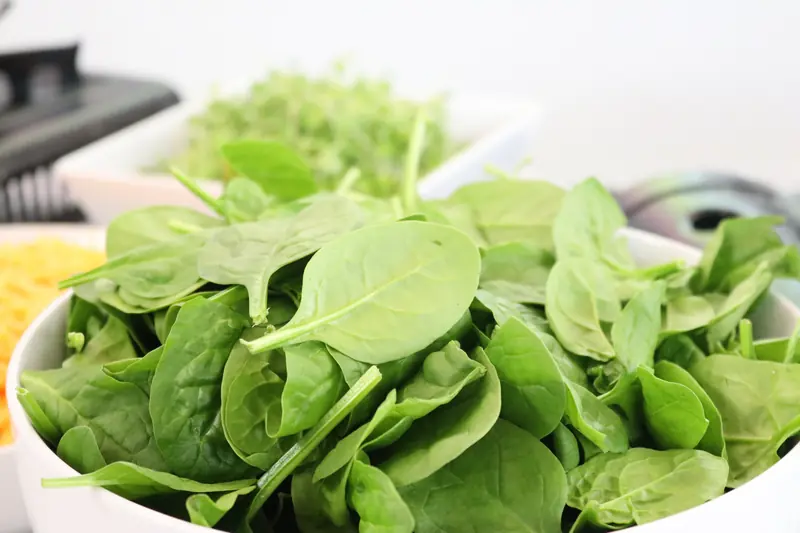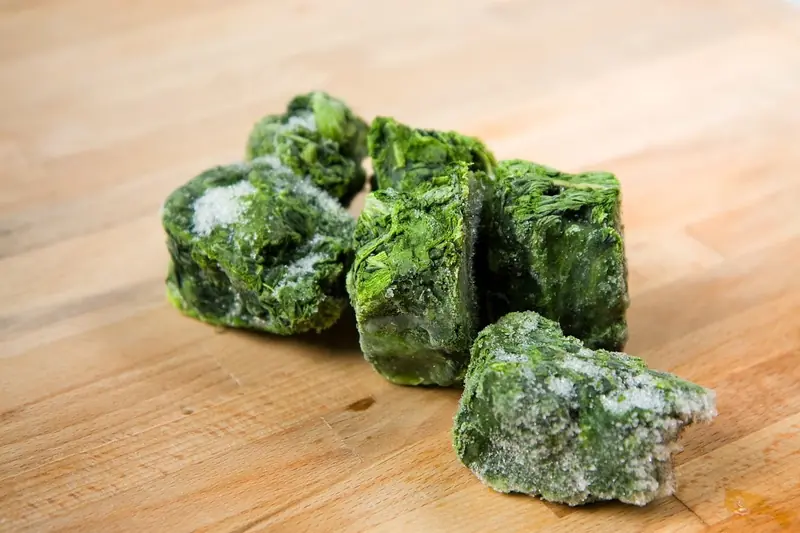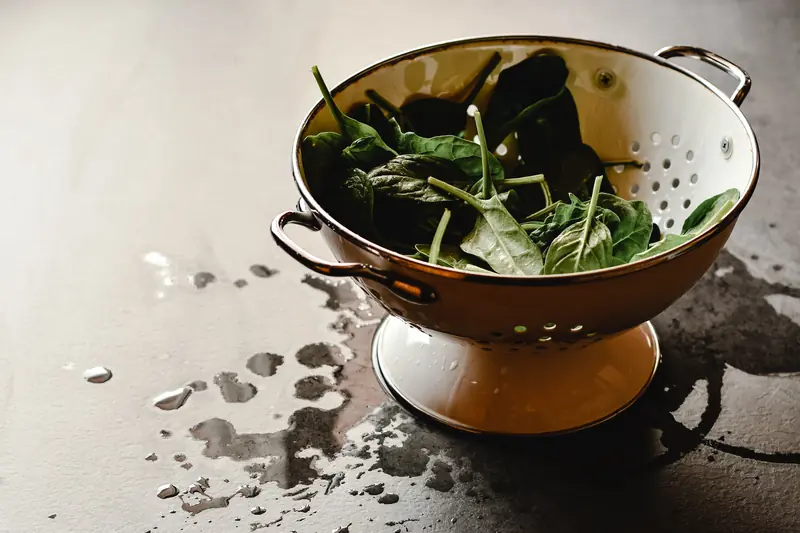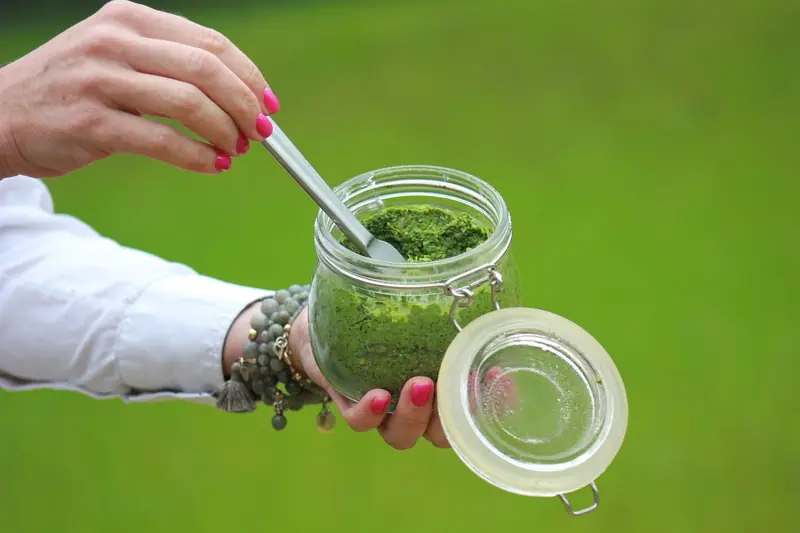
We’ve already shared the amazing story of spinach, reminiscent of a historical adventure tale, and today we’ll provide you with some tips on how to best store this wonderful gift from nature.
Spinach is a very delicate vegetable; it starts to spoil in less than a day at room temperature. Therefore, for short-term storage, it’s best to place it in the refrigerator right away. You don’t need to wash it before refrigerating, as that can cause it to spoil quickly.
Store spinach away from fruits and vegetables to prevent the ethylene they emit from harming it. Ideally, spinach should be kept in a bag with small holes for air circulation or in an airtight container with a glass lid or a glass jar. Under these conditions, spinach can last about two weeks. For longer storage, it’s best to freeze, dry, or pickle the spinach.

Freezing
It’s best to freeze spinach while it’s fresh to retain the maximum amount of nutrients. Spinach should never be refrozen. When freezing, form small portions. The shelf life of spinach in the freezer is 7-8 months.
To freeze spinach leaves, cut off the stems and keep only the undamaged leaves, rinsing them under running water. Lay the clean spinach on paper towels to dry. Then, place the spinach in a glass container and pour hot water over it. After 2 minutes, drain the water and cool the spinach. Squeeze the greens by hand and layer them in plastic wrap. Roll the wrap into a tube and freeze. This method is suitable for small freezers. If you have enough space, you can simply freeze spinach in vacuum bags or other storage containers.
To freeze spinach puree, wash the spinach leaves thoroughly and dry them a bit on paper towels. Use a meat grinder or blender to chop the leaves into a smooth mixture. Transfer the mixture to an airtight container, seal it, and place it in the freezer. Instead of containers, you can use airtight or vacuum bags.
There’s an interesting Israeli recipe for freezing spinach in ice cubes—spinach puree is placed in ice cube trays, filled with water, and stored in the freezer.

Drying
Spinach can also be dried: as we remember, any thermal processing has little effect on the beneficial properties of spinach. For dry storage, wash the spinach leaves thoroughly and dry them a bit. Leave the clean leaves in the sun. You can also dry spinach in an electric dehydrator or an oven at 50°C (122°F) for 3-5 hours. After drying, transfer the spinach to jars or textile bags. Store dried spinach in a dark, cool, and dry place.

Pickling
Well-known pickled spinach is made as follows: wash the spinach leaves thoroughly and chop them. Then, pack the mixture into a jar and sprinkle with salt: use 3-4 tablespoons of salt for every kilogram of spinach. Pickled spinach can be stored for 1-2 months in a dark, cool place.

Here’s a more complex recipe for a hearty winter soup base with sorrel and spinach.
Preparation for green borscht:
- spinach leaves – 300 g;
- sorrel leaves – 300 g;
- parsley greens – 20 g;
- parsley root – 20 g;
- onion – 1 piece;
- black peppercorns – 3-4 pieces;
- bay leaf – 1-2 pieces;
- salt – 1 tablespoon.
This preparation is designed for 0.5-liter jars. Wash the jars and sterilize them using your preferred method. Sort the spinach, rinse it in cold running water, and chop it. Do the same with the sorrel and parsley greens. Place the chopped greens in a deep skillet or pot with a thick bottom and sauté them in their own juices. Wash the parsley root, boil it in a separate pot for 15 minutes, then peel and cut it into small strips. Peel the onion, slice it into half-rings, and boil until soft. Add the parsley root and onion to the chopped greens and mix. Then add salt, spices, and sauté for about another minute.
Packing the hot mixture tightly into the prepared jars, place them in a pot lined with a thick cloth at the bottom, fill with water up to ¾ of the jar height, and cover with lids. Sterilize the 0.5-liter jars for about 15 minutes. Seal the jars tightly or screw on the lids and turn them upside down until completely cool.
